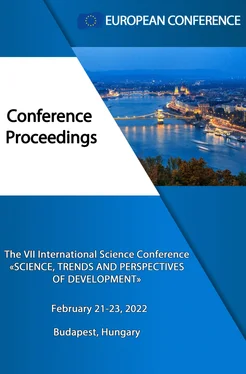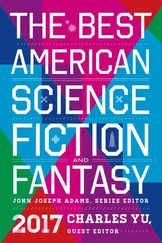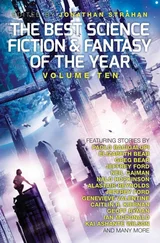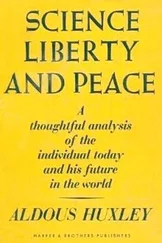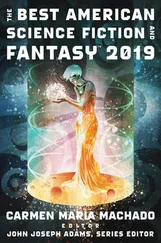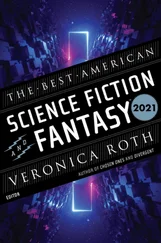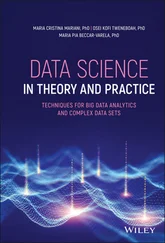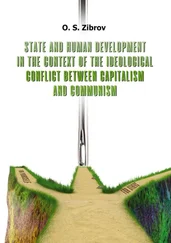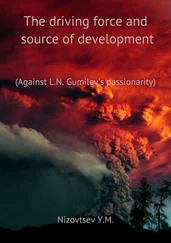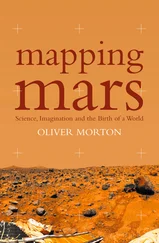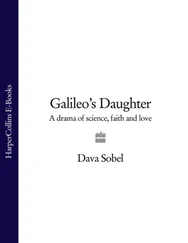SCIENCE, TRENDS AND PERSPECTIVES OF DEVELOPMENT
hydrolysis nitrogen - by the Cornfield method DSTU 7863: 2015 [Yakist gruntu 2005, 2008, 2006, 2016].
The area of the experimental plot in each experiment is 49 m2, the accounting plot - 25 m2, repeated three times, placement randomized.
Samples of green mass of plants were taken during the harvest of each crop, when the highest indicators of vegetative mass during the growing season are observed.
For willow energy, the amount of vegetative mass was determined after the fall of leaves in autumn.
The content of chemical elements in green plants was performed on the device EXPERT 3L. For analysis, the samples were properly prepared, heated in a muffle furnace at a temperature of 800 ° C until complete combustion of the green mass on the ash. The principle of EXPERT 3L is based on the method of spectral analysis of the fluorescence spectra of elements emitted during the adsorption of high-energy radiation, in other words - X-ray fluorescence analysis. Atoms of the object under study are excited by X-ray, gamma or ionizing radiation (in contrast to WDS or EDX
methods, where excitation occurs by an electron beam). In the interaction of atoms of matter with high-energy radiation, electrons close to the nucleus of the atom are knocked out of their orbitals. In this case, electrons from higher energy orbitals take their place, emitting photons - a characteristic fluorescent radiation. That is, there is an emission of radiation with less energy than absorbed. Fluorescence spectra are recorded using various detectors (PIN diode, Si (Li), Ge (Li), Silicon Drift Detector SDD).
According to the position of the maxima in the radiation spectrum, it is possible to perform a qualitative elementary analysis of such a fluorescence spectrum, and according to their magnitude, using reference samples, to make a quantitative analysis.
X-ray fluorescence analysis allows for qualitative and quantitative analysis in the substance of all elements starting from fluorine. The percentage of chemical elements in the leaves was mathematically translated into weight values [Lopushniak V& Hrytsulyak H. 2021].
As a result of experimental studies, it was found that the chemical composition of plants grown in oil-contaminated areas differed significantly from the elemental composition of plants grown in uncontaminated soil (control) (Table 1). The vegetative mass of energy willow grown on the control contained 0.4% iron, and on oil-contaminated soil - 0.1% less, the largest difference in the content of elements in the energy willow was observed for chlorine, the content of which was 2.1%, which is 0.5% more than in the area contaminated with petroleum products. The least in the composition of energy crops is copper from 41-6% to 115-6% in control and from 39-6% to 103-6% in oil-contaminated soil, molybdenum from 16-6 to 9-6% in control and from 15 -6 to 8-6% on the experimental soil. In the chemical composition of miscanthus, in contrast to the energy willow, the chlorine content is increased 2.2 times both in the control and in the variant of oil-contaminated soil and is 5.7 and 5.1%, respectively. Switchgrass and Jerusalem artichoke contain approximately the same percentage of trace elements with a difference of 0.1 - 0.4%. The vegetative mass of miscanthus and candlegrass grown on the control contains 0.187 and 0.234% of iron, and on oil-contaminated soil by 0.16 - 0.41% less, most of the composition of miscanthus and candlegrass contains chloride which is equal to 5.685 - 4.194%, which 16
SCIENCE, TRENDS AND PERSPECTIVES OF DEVELOPMENT
is 0.5 - 0.2% more than in the area contaminated with petroleum products. The vegetative mass of sylphia perforated and Jerusalem artichoke in the control contains 0.2 - 0.3% of iron, respectively, and on oil-contaminated soil by 0.1% less, most of them in addition to chloride, which amounted to 2.6 - 4.6%, respectively, which is 0.4
- 0.2% more than in the area contaminated with petroleum products, there is still zinc and manganese, the percentage of which in the green mass is less than 1% in the control, which is 0.4% more than in the area contaminated with petroleum products
[Lopushniak V& Hrytsulyak H. 2021].
The content of magnesium, sulfur and calcium - mesoelements in energy crops also varies significantly. The magnesium content in willow energy and vegetative mass of Jerusalem artichoke decreases from 2.9 and 4.7% in the control to 2.3 and 4.5% in oil-contaminated soil, respectively. However, the greatest decrease in magnesium and sulfur content was observed in the experimental conditions in the vegetative mass of switchgrass.
Table 1.
The content of chemical elements in energy crops,%
Elements
Salix L
Miscanthus
Panicum
Silphium
Helianthus
Giganteus
virgatum
perfoliatum
tuberosus
β
α
β
α
β
α
β
α
β
iron
0,417 0,301 0,187 0,171 0,234 0,193 0,208 0,189 0,135 0,121
nt magnesium 0,940 0,765 0,073 0,033 0,462 0,324 0,074 0,062 0,172 0,120
boron
9-6
4-6
3-6
2-6
9-6
7-6
8-6
6-6
6-6
4-6
leme
zing
0,431 0,378 0,186 0,151 0,240 0,212 0,066 0,041 0,086 0,051
roec molybdenum 12-6
10-6
12-6
11-6
14-6
12-6
16-6
15-6
9-6
8-6
mi
chlorine
2,067 2,001 5,685 5,111 4,194 4,003 2,564 2,123 4,637 4,445
copper
109-6 103-6
54-6
49-6
115-6 112-6
41-6
39-6
109-6 103-6
le
calcium
0,63
0,60
1,04
1,0 1
0,99
0,87
1,07
1,01
1,10
1,02
manganese
2,866 2,322 0,715 0,678
9-6
7-6
1,58
1,13
4,717 4,543
mesoe
mentssulfer
1,812 1,812 0,757 0,757
4,1-6
4,1-6
0,682 0,682 0,624 0,544
α - control;
β - oil contaminated soil
Thus, the percentage of trace elements and mesoelements in energy crops grown on oil-contaminated soil, compared to variants of unpolluted soil is reduced.
We noted significant changes in the content of macronutrients - nitrogen, phosphorus and potassium in the vegetative mass of energy crops grown on oil-contaminated soil (Fig. 1 and 2). The vegetative mass of energy willow grown on the control is marked by the following composition of macronutrients: 2.08% nitrogen, and on oil-contaminated soil - 0.41% less, the least in the composition of energy willow contained phosphorus, which amounted to 0.12%, which is 0 , 02% more than in the area contaminated with petroleum products.
17


SCIENCE, TRENDS AND PERSPECTIVES OF DEVELOPMENT
Figure 1.The content of macronutrients in energy crops under control The potassium content ranged from 0.23% to 1.96% in the control and from 0.19% to 2.07% in the oil-contaminated soil, phosphorus from 0.12 to 0.34% in the control and from 0.10 to 0 , 29% on experimental soil. In the chemical composition of miscanthus, in contrast to energy willow, the potassium content increased to 1.96%, both in the control and in the variant of oil-contaminated soil, which was 1.66%. Switchgrass and Jerusalem artichokes contain nitrogen 1.96 and 2.15%, respectively, in the control and 1.56 and 2.23%, respectively, in oil-contaminated soil.
Читать дальше
